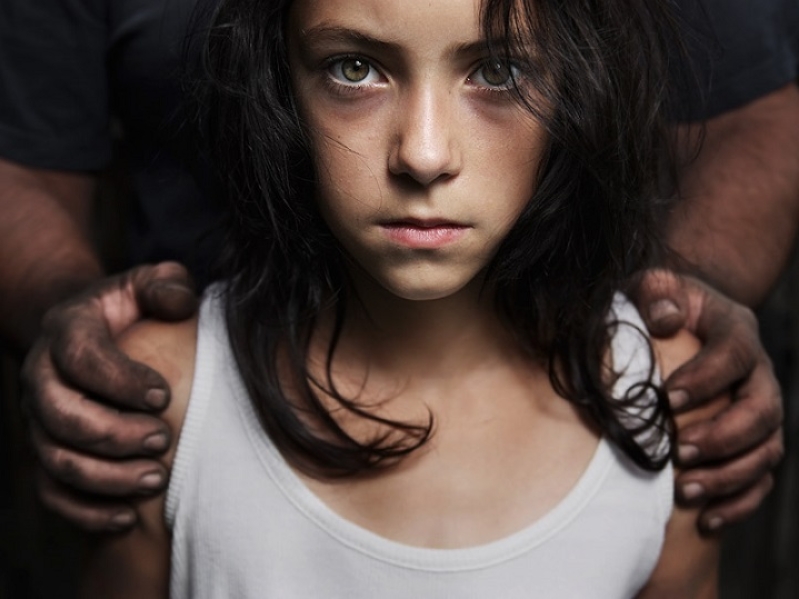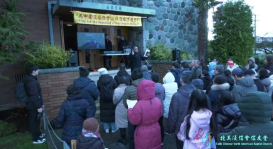
Many victims of sex trafficking go through forced abortion and suffer from different health issues, according to a study released last month.
The study, which was published in the Annals of Health Law, investigated more than 200 health issues experienced by sex trafficking victims, including pregnancies, birth control use, miscarriages and forced and elective abortions. It also briefly touched the psychological problems the victims developed over years of abuse.
The researchers found that among those who who admitted to getting pregnant while they were into forced prostitution, more than 70 percent said they got pregnant at least once, while more than 20 percent said they got pregnant at least five times.
More than 50 percent of the victims who admitted to having miscarriages said they had at least one miscarriage, while almost 30 percent said they miscarried more than once.
Many sex trafficking victims also went through abortion, with 55 percent reporting having at least one abortion and 29 percent saying they went through abortion multiple times. Some of them admitted instances when they did not personally choose to have the abortion but the decision was forced upon them.
“The prevalence of forced abortions is an especially disturbing trend in sex trafficking,” study authors Laura J. Lederer and Christopher A. Wetzel wrote.
They cited the experience of one victim who went through six abortions and “was under serious pressure from my pimps to abort the babies.” Another victim had a total of 17 abortions, some of which were forced.
“Notably, the phenomenon of forced abortion as it occurs in sex trafficking transcends the political boundaries of the abortion debate, violating both the pro-life belief that abortion takes innocent life and the pro-choice ideal of women’s freedom to make their own reproductive choices,” the authors wrote.
About 25 percent of the sex trafficking survivors interviewed in the study said they visited healthcare clinics like Planned Parenthood and back alley clinics to have their pregnancies terminated and also sometimes to get contraceptives.
“These points of contact with healthcare represent rare opportunities for victim identification and intervention,” the authors said.
Unfortunately, no one in those clinics asked if they were forced to have the abortion or forced to engage in sex even if they were minors.
With the victims going through “extreme levels of sexual abuse,” 67.3 percent of them suffered from various sexually transmitted diseases and 68.3 percent had gynecological problems.
One victim recounted how she ended up in forced prostitution. She ran away from home when she was 13 and was found by a man who promised to let her stay in his house. The offer sounded good so she agreed to go with him. Little did she expect the horrors that came after that day.
“I saw 10 to 20 men a day. I did what he said because he got violent when I sassed him. I took all kinds of drugs—even though I didn’t really like most of them … Over the years I had pimps and customers who hit me, punched me, kicked me, beat me, slashed me with a razor,” she said.
“I had forced unprotected sex and got pregnant three times and had two abortions at [a clinic]. Afterward, I was back out on the street again. I have so many scars all over my body and so many injuries and so many illnesses. I have hepatitis C and stomach and back pain and a lot of psychological issues. I tried to commit suicide several times,” she said.
According to the National Human Trafficking Resource Center, young people who run away are vulnerable to sex trafficking. In fact, almost 60 percent of sex trafficked girls and boys were runaways.
Every year, 1.2 million are being trafficked, and most of them are used for sexual exploitation. The trafficking industry generates $12 billion every year, UNICEF reported.
The study authors recommended that medical professionals be made aware of “critical signals for identifying trafficking victims.” They also said it is important for medical professionals to know the “coercive dynamic of trafficking” and “the extreme degree of control” the traffickers have over their victims.







